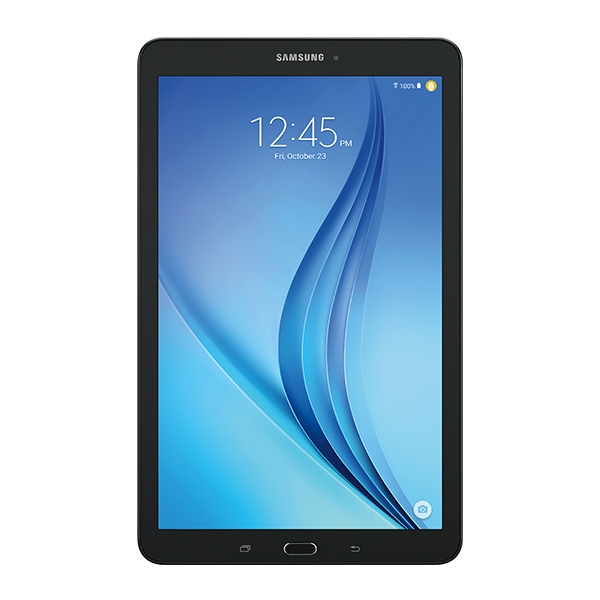

Plus I found the test my teacher used for the last book online before she gave it." Finding a Happy Medium Or she sends them to us." Another student added, "That's why I almost never read the books. Then she puts her notes on the screen and we copy them into our phones. She just has us watch videos or listen to stories on tape. One student said of an English teacher, "We really don't know her. I spoke with a couple of high school students in my community, who gave a troubling perspective on the dangers of an over-reliance on digital tools. "I think it's affected their ability to think, to reason, to have a higher order of thinking," she said.įurther reading: Make the Most of Your School's Technology Budget

Jennifer Goodstein, a sixth-grade science teacher quoted in the same article, thinks that moderate use of digital tools for the classroom can be useful, but not if kids are using them as an escape. "Everything is so instantaneous to kids, and they expect answers to questions right away," she said. Harmon says the biggest change she sees in her students today is how much trouble they have thinking through problems. The "constant bombardment of news from Twitter, Instagram, texts, information, ideas-that's a lot for developing brains to process," she said. In a Washington Post article, Michelle Harmon, a seventh grade English teacher with Montgomery County Public Schools in Washington, D.C., said she thinks kids are a lot more anxious now because of easy access to smartphones and tablets. And a Gallup poll of 500 teachers found that only 41 percent believed digital devices to be helpful to education. Ninety-five percent said they thought students spent too much time on screens and not enough time interacting with people face-to-face. Digital DownsidesĮducation Week surveyed more than 500 school administrators regarding students' use of digital devices. Young said that relating classwork to what kids are doing outside of school makes kids more interested in her lessons. Rebecca Young, a middle school teacher in Lafayette, California, told Education Week how she reacted when her students started coming to class tired and without their homework because they were staying up late playing Fortnite: she led a class discussion about the similarities between Fortnite and The Giver, a novel the class was reading. Simply engaging with students' interest in digital media, even if you aren't allowing them to play games in the classroom, can be key to capturing their interest. Teachers can gamify their own lessons or utilize gamification products from various publishers.įurther Reading: Quiz: Are You a Tech-Savvy Teacher? Instead of grades, students accumulate game points for reaching various goals. Some teachers have adopted gamification strategies for their classrooms using game-design strategies to engage kids in classroom lessons. John Velez, professor of journalism and electronic media at Texas Tech, insists that even video games like Fortnite Battle Royale, a popular free-to-play game, can have social benefits because it requires players to work together toward a shared goal. Society often perceives video games as having a negative impact on kids, but some disagree.

Minecraft teaches kids to "share resources, take turns, work together, and frankly, be nice to each other," he said. Joel Leven, a computer teacher in New York, New York, uses Minecraft in his classroom because it's open-ended and his students must follow the lesson plan he lays out for them. Many teachers see Minecraft, a computer game heavily focused on player creativity, as a useful educational tool. They worry that students' reliance on technology may diminish their ability to concentrate and think through complex issues. But some teachers argue that in the real world, learning isn't all fun and games. In some classrooms, "edutainment" using digital resources is seen as a way to keep kids engaged in learning. Modern technology presents a plethora of digital tools for the classroom, and teachers must figure out the degree to which they want to incorporate these tools into their teaching practice. Today's kids are spending more time looking at screens than reading books-and not just at home.


 0 kommentar(er)
0 kommentar(er)
